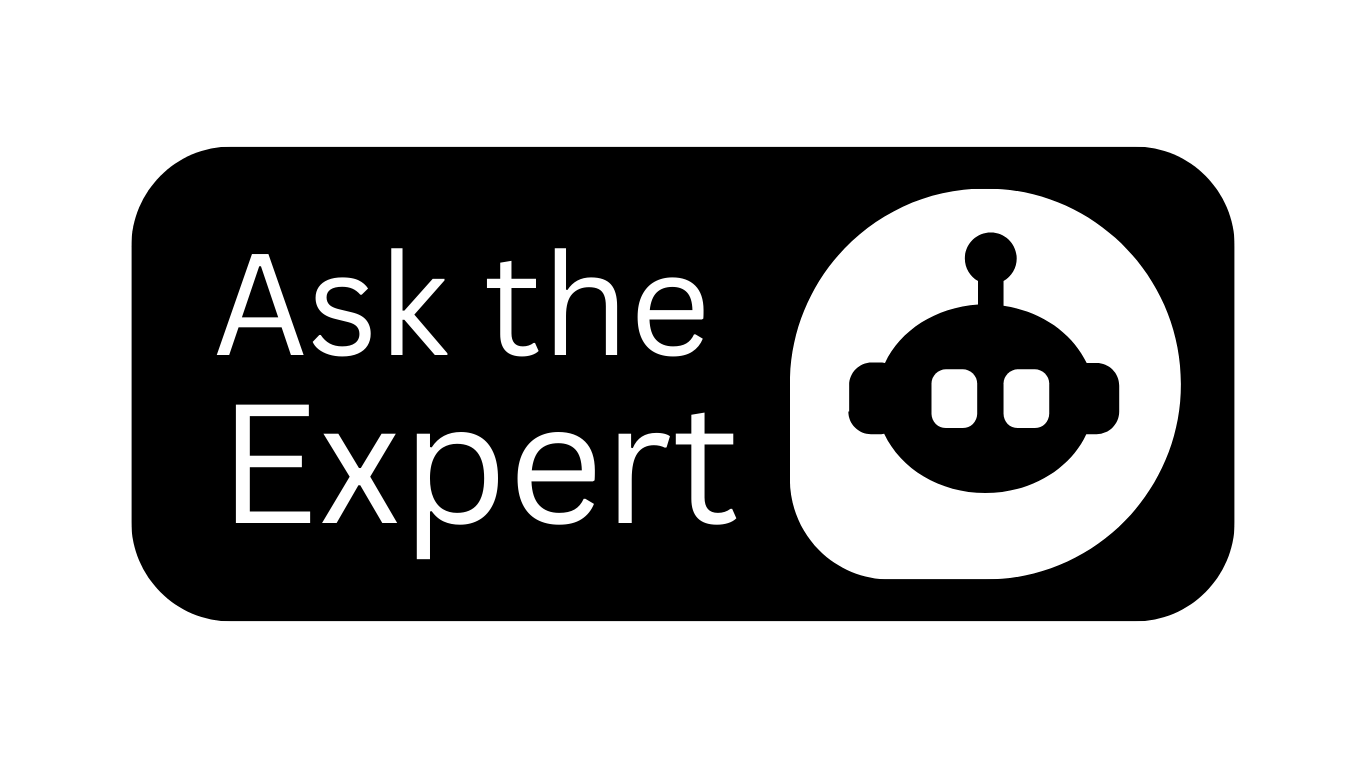Open 6 Days a Week

Important Features of an Oxygen Concentrator
Oxygen concentrators are currently one of the most popular technologies for oxygen therapy in home isolation. However, few people understand what oxygen concentrators are, how to use them, and which one is best for them.
Read below to learn what an oxygen concentrator does and how it works
An oxygen concentrator is a medical device that supplies additional oxygen to a patient who is having trouble breathing. A compressor, sieve bed filter, oxygen tank, pressure valve, and nasal cannula make up the equipment (or oxygen mask).
A concentrator, like an oxygen cylinder or tank, delivers oxygen to a patient through a mask or nasal tubes.
A concentrator, unlike oxygen cylinders, does not need to be refilled and may give oxygen 24 hours a day. A common oxygen concentrator can deliver pure oxygen at a rate of 5 to 10 litres per minute.
An oxygen concentrator provides patients with 90 percent to 95 percent pure oxygen by filtering and concentrating oxygen molecules from the ambient air. The oxygen concentrator's compressor draws in ambient air and changes the pressure at which it is delivered. The nitrogen is separated from the air by a sieve bed formed of Zeolite, a crystalline mineral.
A concentrator contains two sieve beds that work together to release oxygen into a cylinder while also releasing separated nitrogen back into the atmosphere. This creates a continuous cycle that continues to produce pure oxygen. The pressure valve controls the oxygen flow rate, which ranges from 5 to 10 litres per minute. The patient is subsequently given compressed oxygen using a nasal cannula.

What Are the Various Oxygen Concentrator Types?
Oxygen concentrators are divided into two categories:
Continuous flow concentrators give the same flow of oxygen every minute, regardless of whether the patient is breathing the oxygen or not, unless it is manually turned off.
Pulse dose concentrators are more advanced since they can detect the patient's breathing pattern and release oxygen when inhalation is detected. Pulse dose concentrators release varying amounts of oxygen each minute.
What's the Difference Between Oxygen Concentrators, Oxygen Cylinders, and LMO?
Oxygen concentrators are the ideal replacements for cylinders and liquid medical oxygen, both of which are difficult to store and carry. Concentrators are more expensive than cylinders, although they are a one-time investment with low ongoing costs.
Concentrators, unlike cylinders, do not need to be refilled and can produce oxygen 24 hours a day using only ambient air and energy. Concentrators, on the other hand, have a major disadvantage in that they can only deliver 5 to 10 litres of oxygen per minute. They are therefore unsuitable for serious patients requiring 40 to 45 litres of pure oxygen per minute.
When Should You Use an Oxygen Concentrator?
Only mild to moderately unwell individuals with oxygen saturation levels between 90% and 94 percent should utilize an oxygen concentrator under medical supervision, according to pulmonologists. Patients with oxygen saturation levels as low as 85% can utilize oxygen concentrators in an emergency or until they are admitted to the hospital.
Such patients should, however, be switched to a cylinder with a higher oxygen flow and admitted to a hospital as soon as feasible. ICU patients should avoid using the device.
Things to Think About When Purchasing An Oxygen Concentrator
Before purchasing an oxygen concentrator, check with a physician to determine the amount of oxygen per liter that the patient requires. Checking the flow rate capabilities of an oxygen concentrator is one of the most crucial elements to consider when purchasing one. The flow rate refers to how quickly oxygen may go from the oxygen concentrator to the patient.
The oxygen concentrator's capacity must be greater than your requirement. If you need a 3.5 LPM oxygen concentrator, you should get a 5 LPM concentrator. In the same way, if you need a 5 LPM concentrator, you should get an 8 LPM machine.
Check the oxygen concentrator's number of sieves and filters. The number of sieves/filters in a concentrator determines the oxygen quality output. The oxygen produced by the concentrator must be pure to the tune of 90-95 percent.
Power consumption, mobility, noise levels, and warranty are some of the key considerations to consider while choosing an oxygen concentrator.
----------------------------------------------------------------------------------------------------------
Wondering where to buy or rent an oxygen concentrator in San Diego & Vista? Harmony Home Medical Supplies is your go-to home medical equipment distributor.
We boast the experience and knowledge to excellently address the unique needs of our customers.
Turn to us for affordable, durable, reliable oxygen concentrators, accompanied by a friendly environment and unsurpassed customer services.
----------------------------------------------------------------------------------------------------------
Did you find this post about the features of an oxygen concentrator insightful? Read these next:






